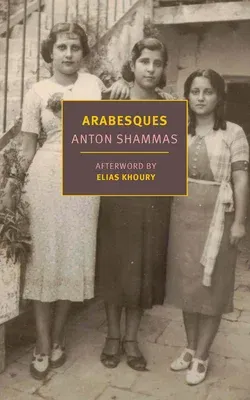A luminous, inventive, and deeply personal exploration of living in
the liminal space between Jewish and Arab, ancient and modern, by a
gifted Palestinian writer.
Chosen by The New York Times as one of the best books of 1988,
Arabesques is a luminous novel that engages with history and politics
not as propaganda but as literature. That engagement begins with the
language in which the book is written: Anton Shammas, from a Palestinian
Christian family and raised in Israel, wrote in Hebrew, as no Arab
novelist had before. The choice was provocative to both Arab and Jewish
readers.
Arabesques is divided into two sections: "The Tale" and "The Teller."
"The Tale" tells of several generations of family life in a rural
village, of the interplay of past and present, of how memory intersects
with history in a part of the world where different people have both
lived together and struggled against each other for centuries. "The
Teller" is about the writer's voyage out of that world to Paris and the
United States, as he comes into his vocation as a writer, and raises
questions about the authority of the storyteller and the nature of the
self. Shammas's tour de force is both a personal and a political
narrative--a reinvention of the novel as a way of envisioning and
responding to historical and cultural legacies and conflicts.

